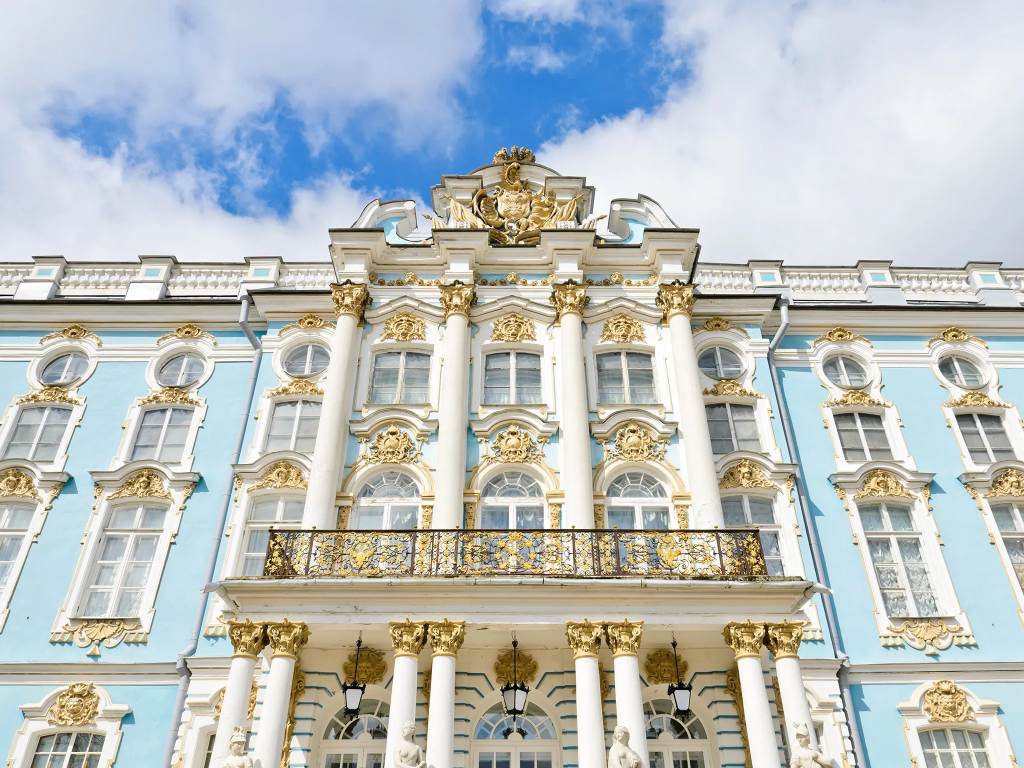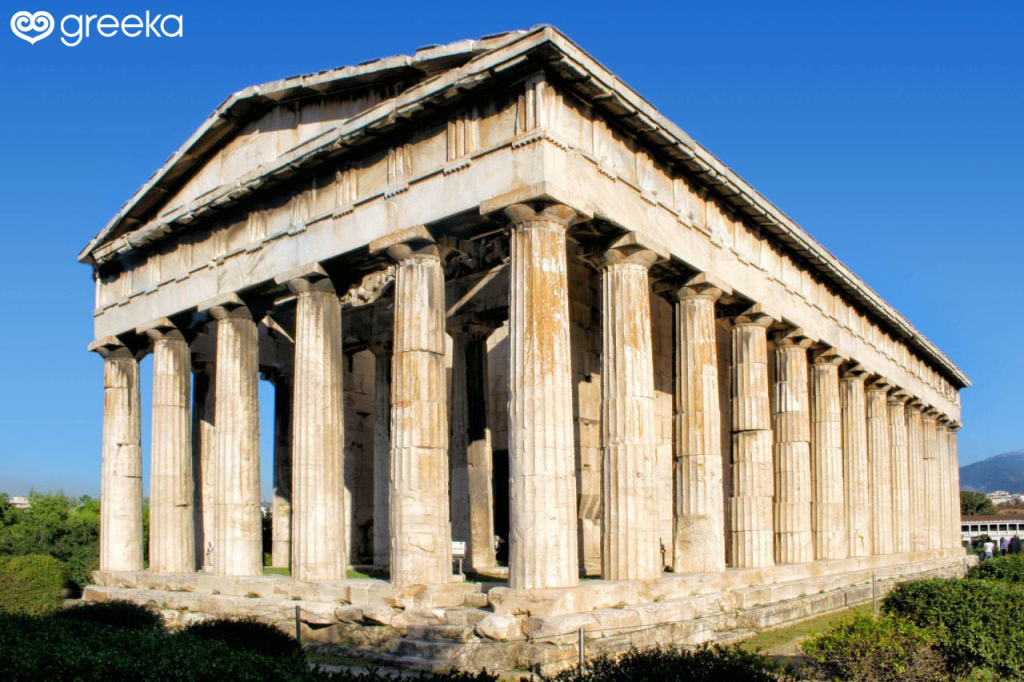The Classical Architecture.
Definition.
The classical architecture is one of the most famous kinds of architecture in history, it is famous with the temples, the use of symmetry and order.

Classical architecture is characterized by the focuses on boldness, difference ,and the creation of unique huge buildings that will last for ever.
Classical Architecture buildings use proportions and most of the case symmetrical which consist the building elements like windows and columns.

When we talk about the classical type of architecture ,we mean by it the existence of two different cultures and civilizations in one building, the Rome and Greece .
This architectural style uses different Greek orders like Ionic, Doric, and Corinthian as well as the Romans Composite and Tuscan order.
Materials.
As for the materials used in this kind of foundations and structures, the ancients architects and builders used a strong bearing materials such as brick, concrete, and marble were used in the architecture of Classical buildings.
Design.

Design motifs were classical like the ones we can find in homes and normal buildings, the little details around the doors and windows as well.
Rectangular-shaped windows are what is described as the biggest characteristic of the classical architecture, because these windows can be found in many symmetrical configurations and were often double-hung.
To show some variety of this type of architecture, we can give the examples with buildings from different times but yet are all still categorized in the classical category.
1.The temple of hephaestus.
Located in Athens, Greece.
The Temple of Hephaestus is a Doric peripteral temple situated on the north-western side of the Agora.

2. The library of Celsus .(114 AD)

Is one of The Roman’s buildings in Ephesus, Anatolia.
This historical monument is considered one the most ancient libraries from the roman empire as it is considered the third largest library.
3.Pantheon (118 AD).

The Pantheon is an ancient temple located in Rome, Italy .
It is one of the best-preserved of all ancient Roman Buildings in large part because it has been in continuous use throughout its history.